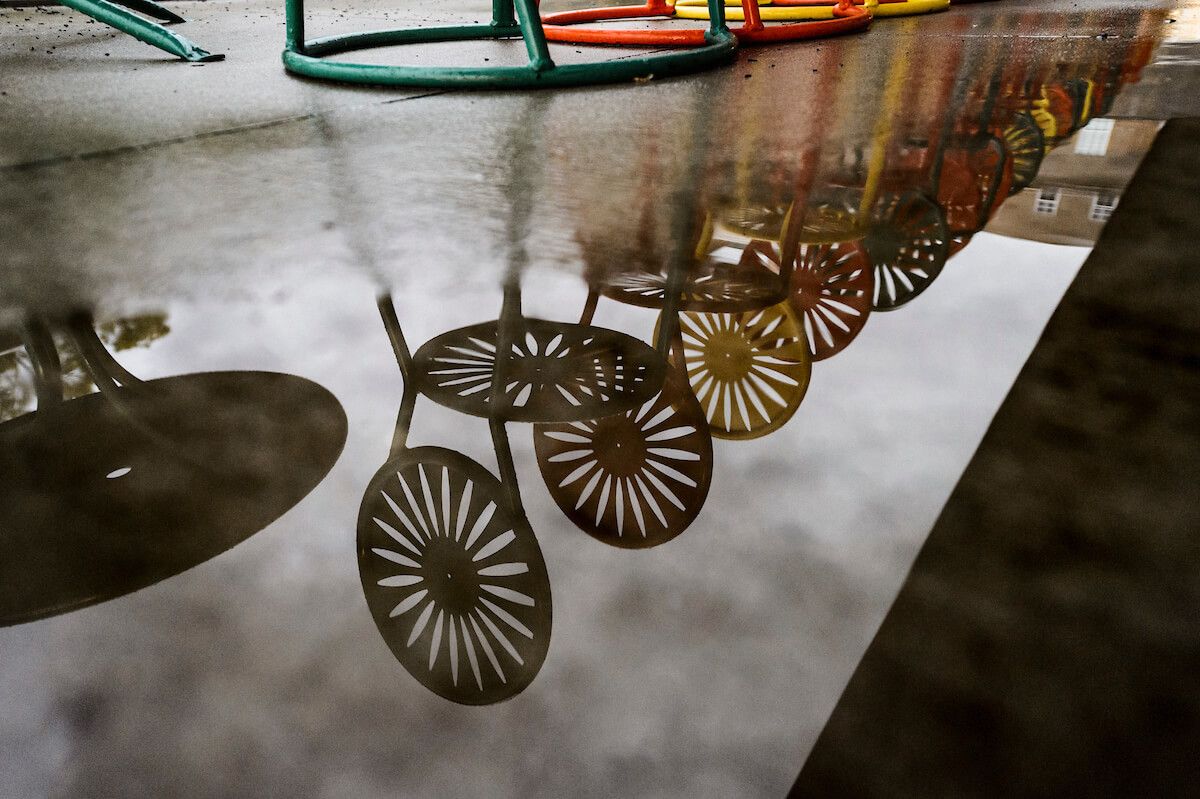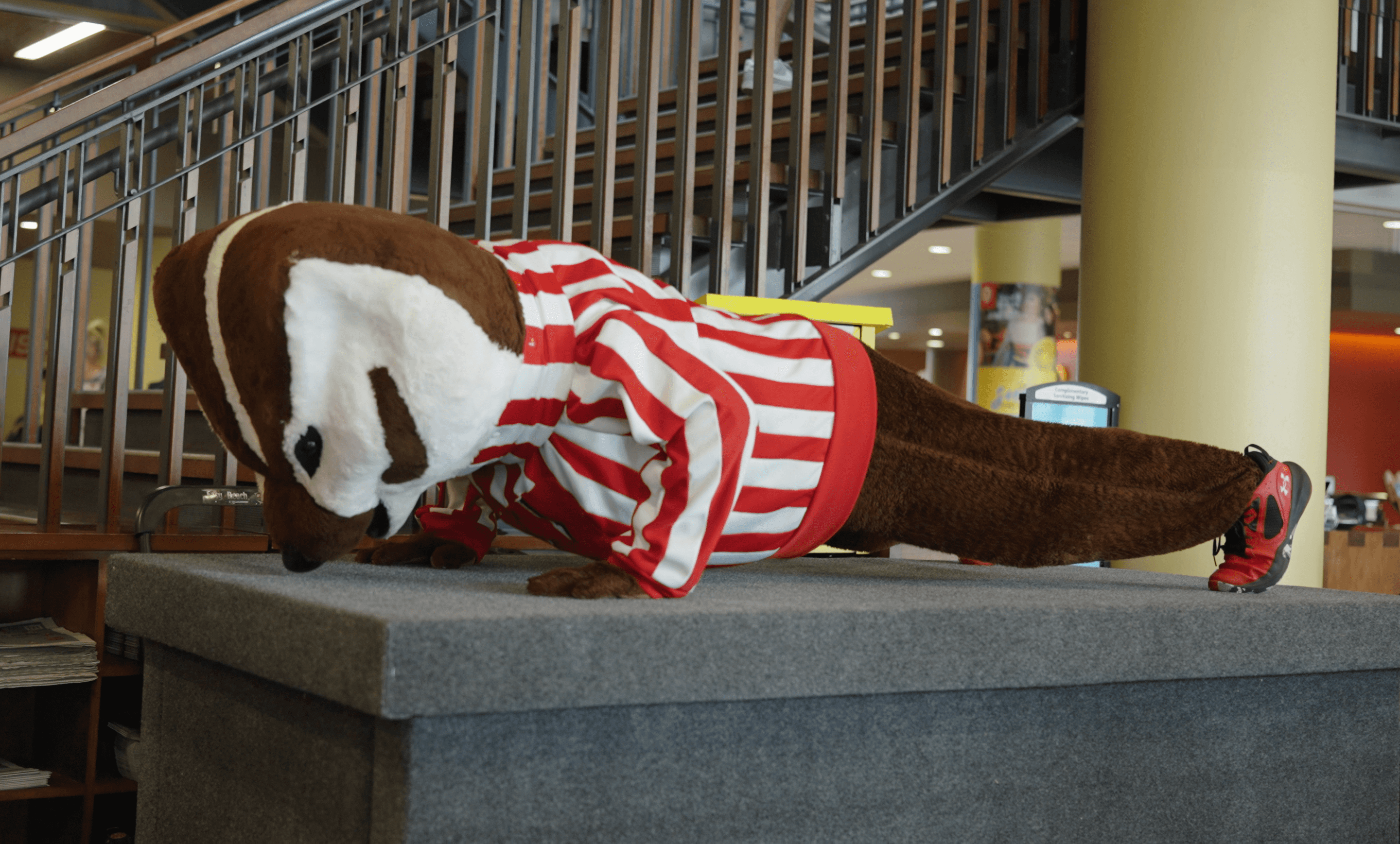
Ben Sidran ’67 has been a major force in the modern-day history of jazz and rock ‘n’ roll, having played keyboards with or produced such artists as Steve Miller x'67, Diana Ross and Van Morrison. This spring, UW-Madison alumni will have the chance to catch Sidran — one of this year’s Distinguished Alumni Award recipients — on stage when the Wisconsin Alumni Association hosts a five-city tour, with stops in Chicago, Los Angeles, Madison, Milwaukee and New York.
When Sue Zaeske ’89, MA’92, PhD’97 — associate dean for advancement, arts and humanities in the College of Letters and Science — sat down with Sidran at Barriques Coffee Shop near Camp Randall Stadium this month, the conversation included musings on style, storytelling and the real meaning of jazz:
Sue Zaeske: How did you get into the music business?
Ben Sidran: If you go by my experience, you have to fail at something first — which is not a failure, but an opportunity. They say jazz is the music of surprise, because you want to play what you don’t know, which means you have to make mistakes, and then recover from them. Music is the act of recovery. In the act of recovery, your style comes out. That’s who you are.

What was the failed opportunity that led you to music?
I couldn’t get a job teaching. In 1971, I had a new PhD from Sussex University in American Studies, and I got a few offers from English departments, but I really was not qualified. At the same time, all of the students who went to graduate school to get out of Vietnam were looking for a job, and the market was flooded. I sent out around 100 letters, and it wasn’t happening.
So I decided to go to L.A. and get into the music business. I was just riding a horse in the direction it was going.
Tell me about developing your style.
Developing style comes from embracing your mistakes and the process of recovery. You can try to artificially brand yourself, but you’ll be found out in a minute — it has to have authenticity to it.
No one talks about style. I once asked Miles Davis where his style came from, and he replied, “It’s like your sweat.” It’s not a verbal process, or a linear or rational process. Your style comes from wanting to imitate your heroes. You try, and fail, and you find yourself in the context of who you aren’t, as opposed to who you are.
I think it takes a lot of courage to develop style.
You have to be stubborn for sure. And have no alternative.
What about risk? Isn’t risk important, and the willingness to fail?
People who really develop a style ultimately have no alternative, because along the way, if you had an alternative, you’d surely take it. Sometimes people say to me, ‘Ben, you designed your life perfectly.’ But I didn’t design anything! I had no choice. I was driven by my love for music, and I am just such a fan. To this day, I can listen to a Horace Silver record, and I’m 13 again, in love with the girl next door, and marveling at the sound of these guys, and it feels exactly the same — nothing has gone.
Some might argue that an artist needs to focus exclusively on his art, whether music or painting or lighting a theater. How would you say a more broad liberal arts education can actually make for a richer artist?
It’s simple: technique unto itself is an empty vessel. All the facility in the world doesn’t do you any good if you don’t have a story to tell.
Whatever you’re doing, you have to have a larger conception. A mathematician isn’t just playing with numbers — he’s searching for a concept behind the numbers, and that’s the same whether you’re an engineer or a physicist or a jazz musician. If you’re limited to the vocabulary of a particular profession, you might master the technique but have nothing to contribute.
Instead of sitting around sharing music like we used to in a dorm room or at a party, people now walk around with earbuds plugged in. Do you think new technologies change our relationship to sound, music and the spoken word?
It changes our relationship to everything. We’re at a dramatic tipping point, and not just in American culture. All technology has unintended consequences we don’t know about.
Technology surely changed the way we consume music or language. How has it changed the way music is generated?
I could talk for hours on what technology has done to the production of music. In the 1960s, great jazz was recorded in little studios, where musicians sat together and played, and listened to each other in a very physical space.
Suddenly, with the invention of multi-track recording, musicians put on headphones and listened to themselves. You could also go back later and re-record. So now, what was originally captured — a bunch of people together in a room — becomes manufactured. That’s the main thrust of the music business over the last 40 years, and I caught it at the moment it started to happen. I saw how the recording process worked at my first recording session in England, in the studio where the Beatles and the Rolling Stones played. They were so far ahead of the States, because they saw music as theater. In America, everyone was desperate to be authentic, but in the UK, it was about the performance and theatrics. The Rolling Stones weren’t really “street fighting men” — they were art school kids, and you can see how that played out into other artists like David Bowie.
They did the same thing with production, and learned to create oral theater — technique that did eventually make its way to the United States, and here we are today with Lady Gaga.
Lady Gaga may seem like a leap, but really it’s a trajectory that started with Sgt. Pepper.
That’s right, because once you manufacture something, you’re obligated to market it. If you capture something, it can be learned, lived and experienced, but you can’t sell the authentic blues as a product.
Do you think genres like jazz, opera or blues lend themselves to that valuing of the performance as opposed to, say, pop music?
In theory, yes, but not in practice. In theory, if you want to hear the best jazz, you have to go live to a club. If you buy a recording, it doesn’t matter if it’s classical piano or jazz, it’s been edited and overdubbed; they have made it perfect.
Technology makes it so easy to be perfect … to create something that’s conformed to what someone’s intention was, and that totally sucks the air out. What’s not done, the hesitations and the questions … the real message of jazz is what’s in the spaces.
Ben Sidran ...
On piano lessons: I don’t have a memory before I played piano. I must have been four or five when I started fooling around, because my older sister took lessons, and I wanted everything she had. I used to follow her to her lessons and pester the teacher.
On his first album: The first was “Birdland Stars on Tour,” in 1957. I’d heard jazz on the radio, Frank Sinatra and others. But then I saw this album cover and bought the record, not knowing anything about it. Back then, they didn’t have record stores — you bought them in appliance shops. I was digging through the bins and saw these guys wearing red blazers, gold horns, the spotlight shining, and there was just something about it.
But the second album was Horace Silver's “Six Pieces of Silver” in ’57 or ’58. Once I had that, it was all over.
I tell people if you want to learn everything about jazz, buy one record: Miles Davis’s “Kind of Blue.” If you like that record — and it’s impossible not to — you look on the back, see who’s on it, and you buy a record by each of those people, including John Coltrane, Miles Davis, Bill Evans … You learn jazz like you go through the forest dropping crumbs. Everyone should develop their own path through the forest — no two paths should be alike. That’s how I learned jazz.
On Great Performance: Harvey Goldberg ’43, PhD’51 (long-time UW-Madison history professor) could walk into a packed room in Ag Hall, where 700 kids would be hanging off the rafters, and command their attention. Listening to Goldberg, you knew why you came to the university: just to get into the room with great men like that.
I didn’t meet Harvey through the history department, but through the jazz clubs. I remember walking down State Street with him one day, and him saying, if you look at the buildings of where you live, it can tell you a lot about who you are, and the people. The architecture contextualizes everything, and I’d never thought of that. He’d say the same thing about music and musicians: “Jazz musicians are the unsung warriors.” Back in the 1960s, no one listened to jazz. John Coltrane really didn’t make much money at all until after he died.
On the meaning of jazz: They say jazz started 100 years ago, but I think jazz started thousands of years ago. People have always been doing what jazz musicians do: relating to a deep grammar of meaning and understanding. How much of our meaning is expressed through contour and pauses, compared with literal words?
You want to learn about jazz? Watch a jazz musician try to get paid at the end of the night. Don’t put him on a pedestal, and talk about his genius. Get a sense of the context of where his music comes from, because that is everything. There are 88 notes on a piano; everybody’s got the same notes. It’s not in the notes.






